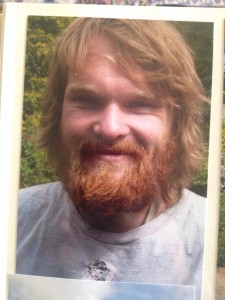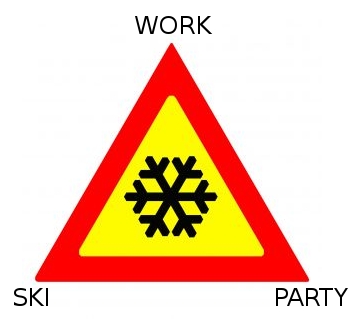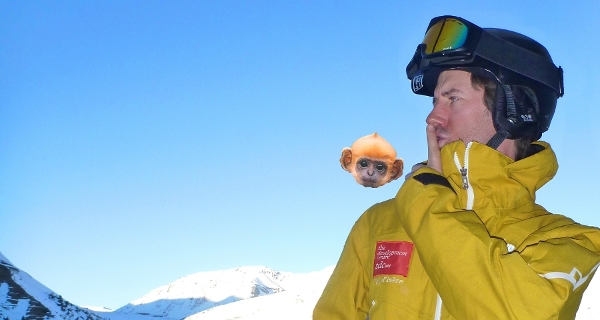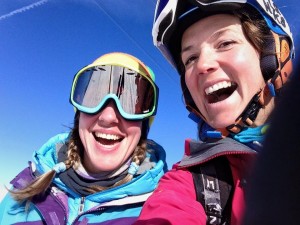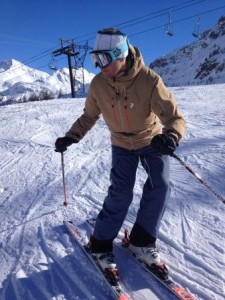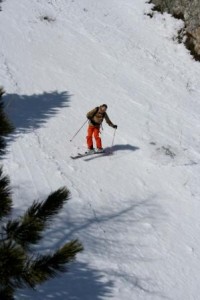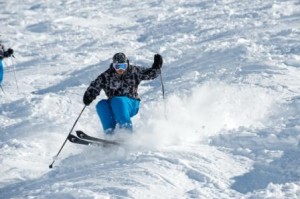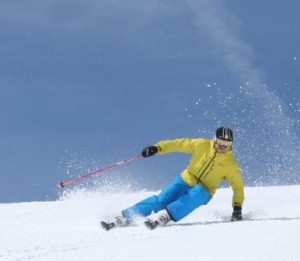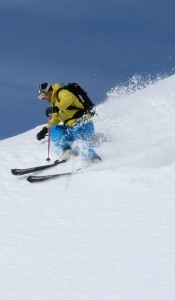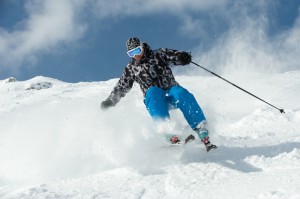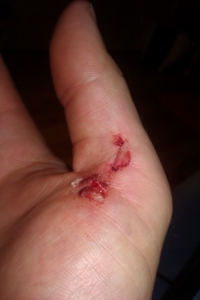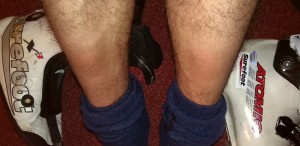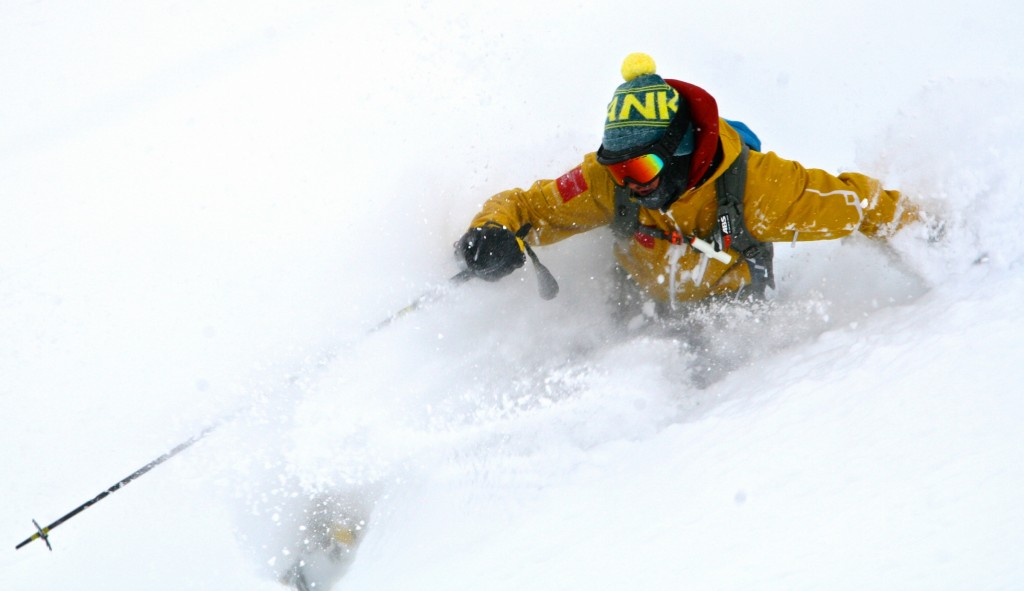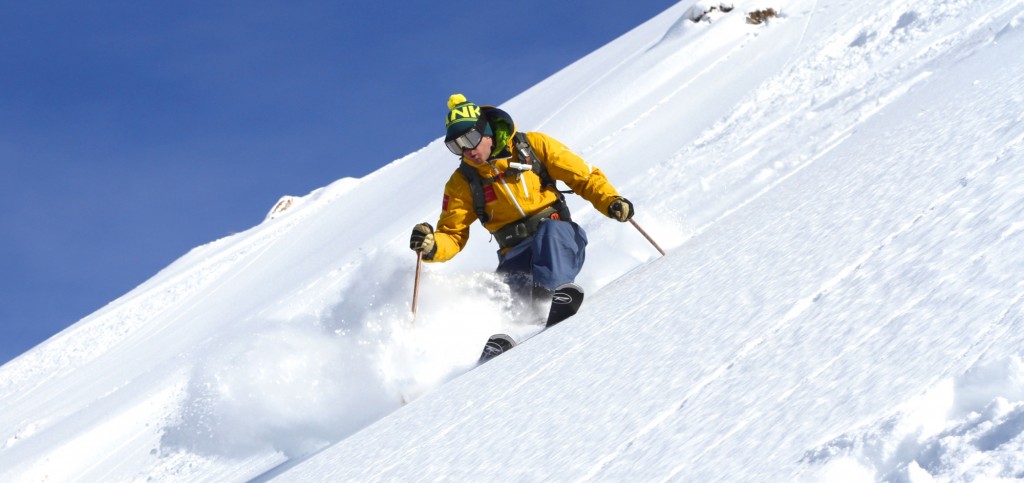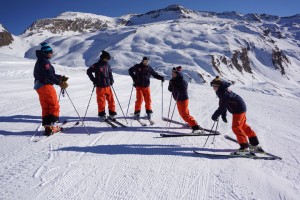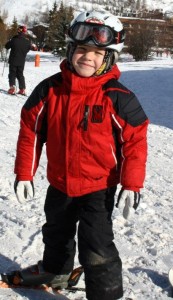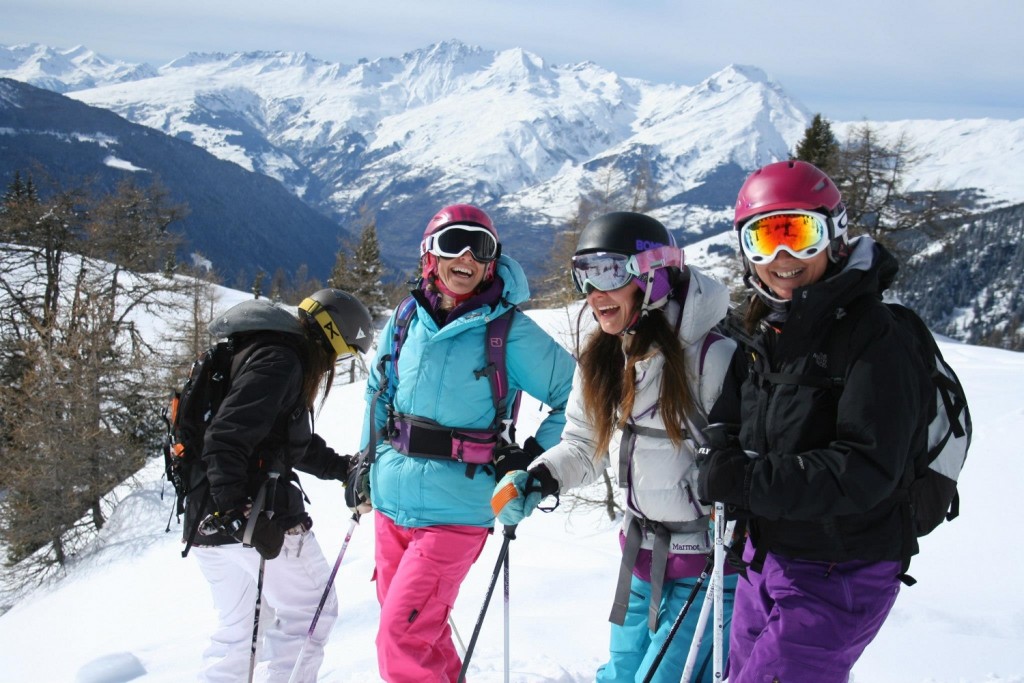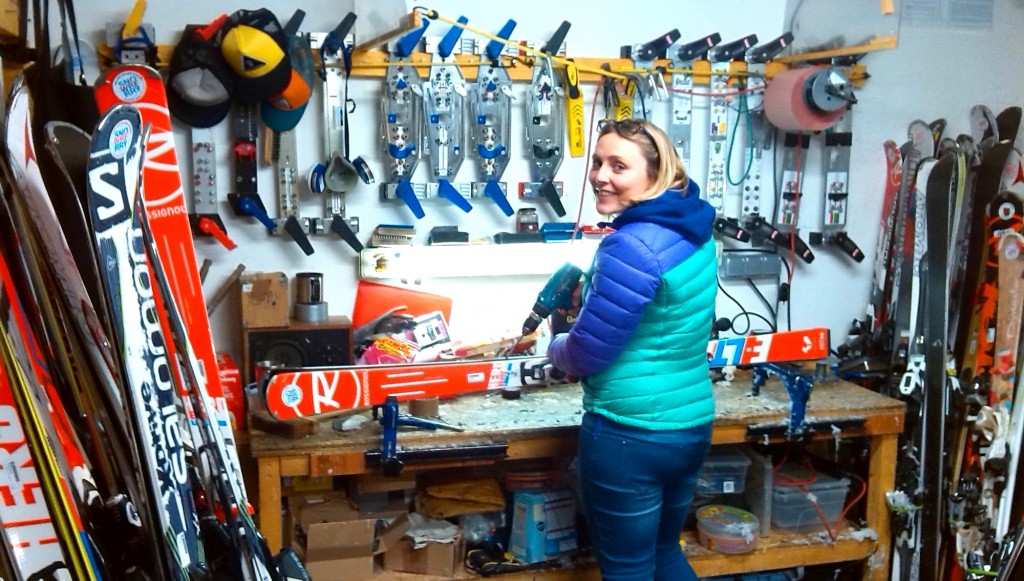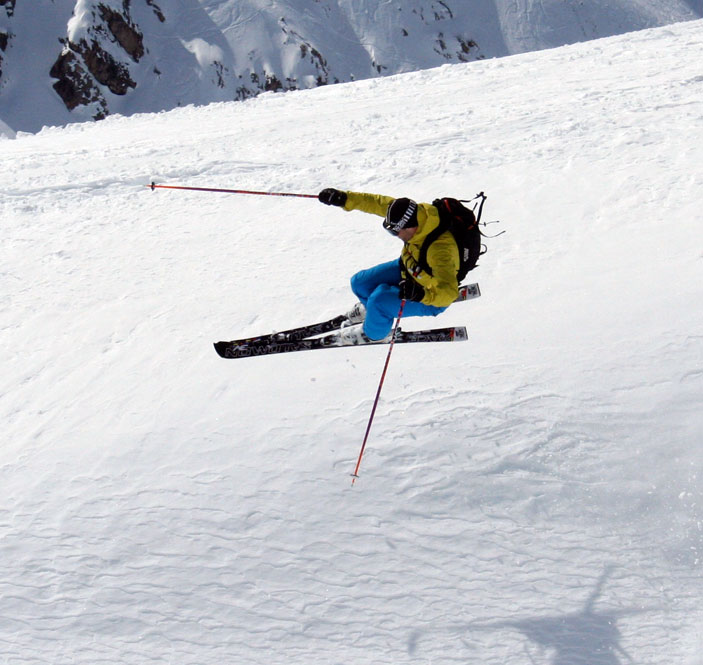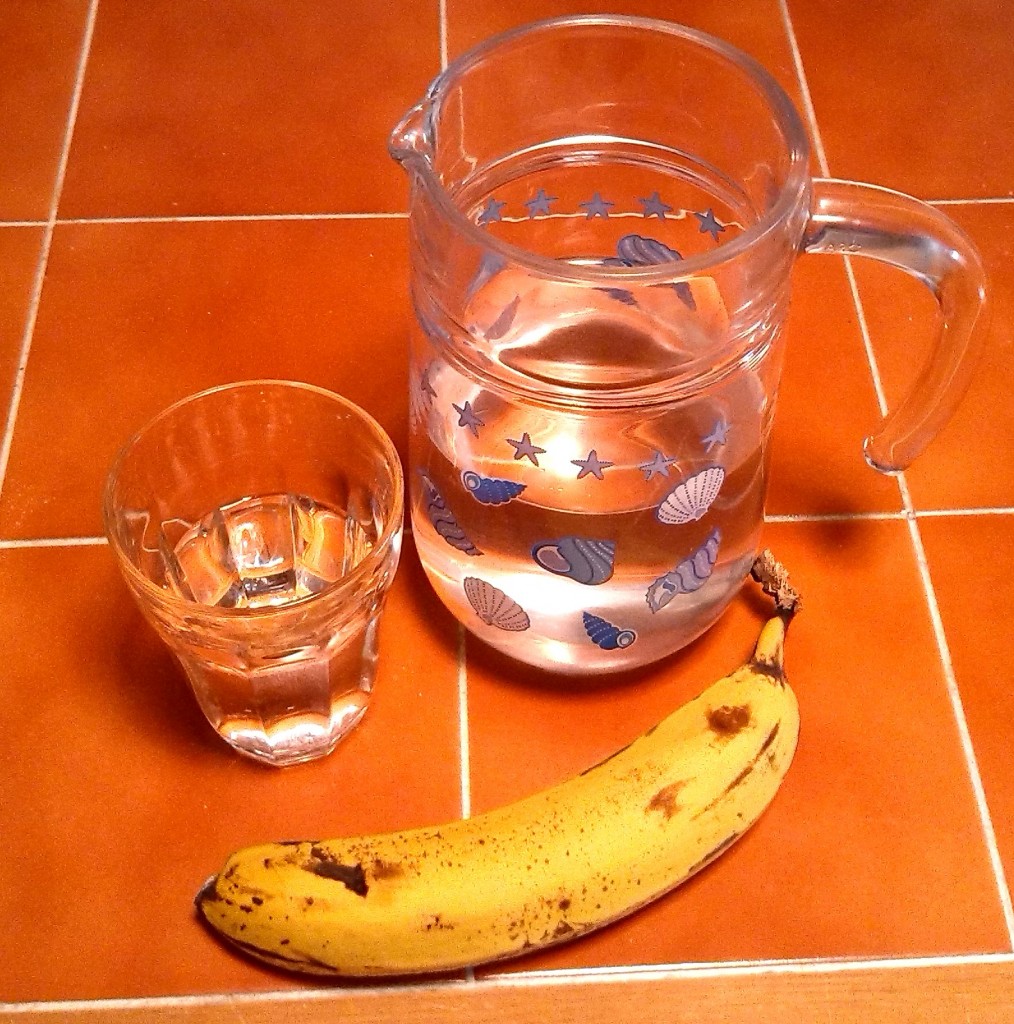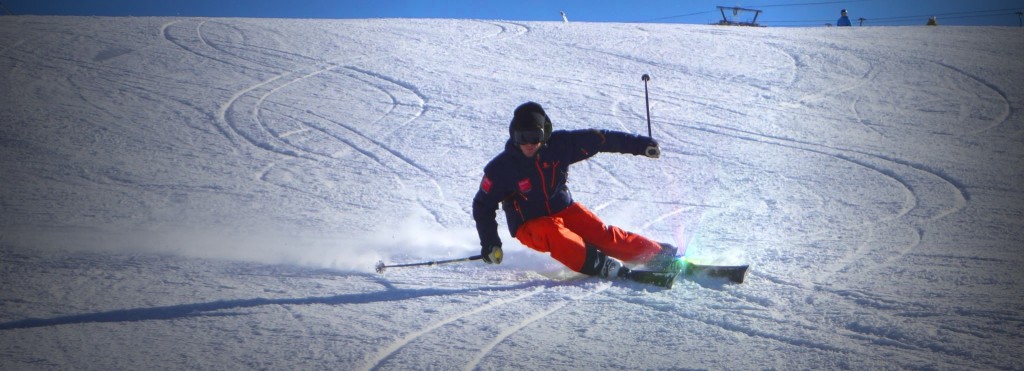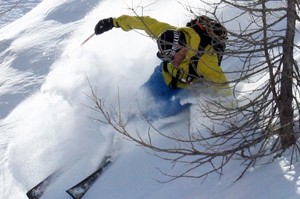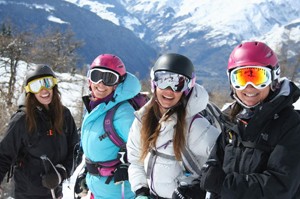At the start of this season in Val d’Isere, the TDC coaches were invited to welcome drinks and canapés at various high class chalets dotted around this prestigious resort. Oysters, cavier, mini hamburgers, mini yorkshire puds with roast beef, washed down with plenty of Champagne and vin rouge.
Things were not always like this for us… Coming through the instructor ranks and modular exams to reach Level 4 ISTD, most of us were a bit strapped for cash flow at some point, if not the whole ordeal.
Steve and Charlie, each braved a season in their cars to keep the expenses down. Whilst I slept in my car, or pitched a tent for all of the modules that I could take back in the UK. Here are some lessons learned, funny stories, and off putting reasons to do the same:
I remember being on my Level 1 course in at an indoor slope, and spending the 5 nights in a layby of an A-road 10 minutes from the centre. One night I heard a very very loud tap on the window by my face and awoke to a policeman shining a torch in my befuddled eyes. It was one of those wake ups where your heart can’t quite keep up with all the adrenaline and starts to thump so hard you think you’re dying. “What you up to?” said the copper… In my heightened state I replied “sleeping you idiot, what do you think I’m doing?”, somewhat surprised and affronted the copper states “oh, like that is it. Well I thought you might be paying your road tax which expired last month!”
Another cold wet night, I emptied my pockets onto my roof (slept in trousers for warmth), before starting the faff of getting in my sleeping bag having removed my shoes without banging my or getting feet wet on the gravel carpark. Forgot all about the wallet and phone on the roof until I saw them disappear into oblivion down the motorway the next day! -Terry
So when little Steve wanted to grow up into a good looking, skilful, tanned and inspiring ski instructor, he set his sights on working in the ‘jewel in the crown’, aka Val d’Isere. Money was tight and his pockets not deep enough, so being an enterprising person, he hatched a plan; save money by living in his Citroen BX Estate car for the season and offering people transfers to and from the airports for pocket money. What could go wrong…
In the middle of the night he once got locked out whilst ‘watering the plants’ (the good old days of unreliable central car locking) and had to smash a rear window to get back in, and by the morning a blizzard had buried him alive in his car.
He regularly wore 15 layers to sleep in, on top of dirty clothes, towels and spare bedding all inside his sleeping bag. In the morning it was a surreal experience to ‘strip’ off to go skiing! This all kept the ‘drive to succeed and qualify as an instructor’ alive.
In the good old days of the 1999/2000 season you had the luxury of being able to use your season pass to access the swimming pool, so showering and shaving and finally warming up was the daily ‘luxury’ for young Steve. Spending the millennium in the car was perhaps one of the most unique ways of spending the most ‘memorable’ of nights on record! Make sure your drink ‘short’ drinks rather than pints so as to avoid middle of the night loo stops, but most important of all; learn some chat up lines and practice them regularly! -Steve’s parents never/don’t know about all this…
The vehicle that stepped up to the task of an alpine residence for me (Charlie), was a trusty Peugeot 406 diesel estate. And from my wealth of experience it’s worth noting that 8hrs sleep won’t cut it, 10-12hrs was the norm for me. 9pm-7am was quite common without so much as rolling over. I put it down to breathing in cold air which I presume makes your body work harder.
We all have low points but living in temperatures down to -35 C, you can encounter some rather interesting ones! After quite a skin full I somehow made it back to the Pug, although it would have been better if I hadn’t. Sometime in the middle of the night I decided to relieve my uncomfortable sleep by opening the boot for some extra fresh air. In my slightly compromised state I missed the fact there was a snow storm going on. It’s not often one has to dig through snow just after waking up. Once breached, I realised that the entire car was full of snow, to the ceiling at the drivers end, then gradually slopping down to the boot! The whole of the next day involved removing snow and desperately trying to dry bedding before the next night, all with a raging hangover.
Aside from the air being rather chilly, any food freezing and the struggle to keep your drinking water in liquid form, one has the joy of condensation! This is quite a problem after a time because the water vapour from breathing, coats everything in moisture which freezes, layer after layer. This simply keeps on building up unless removed. Opening the window does little to slow the process and that’s a rather bone chilling method (see above). Here is where I invented possibly the greatest solution to a problem since getting a paid job. My answer to condensation was a medical face mask with two tubes containing one-way valves. The air I inhaled was drawn from the inside of the car and the moisture ridden stuff that was exhaled, diverted down the other tube which made its way to the outside, resulting in a dry car! How I failed to make my millions from this I’ll never know.
It’s refreshing not to have a fixed post code but it does mean the neighbourhood can vary, at times for the worse. In some resorts I would cycle everywhere and this means having a bike locked to a wheel. If you didn’t already know, drunken people love bikes, a lot as I found out. Every few weeks I would hear a confused, intoxicated individual tugging at my bike. This should have sparked fear into me but instead this was a time of hilarity. I would creep toward the driver’s seat, put the key in, set stereo to come on at max volume, the lights to come on when I start the engine and get ready to press the horn at the same time. The reaction on making all this noise to the unsuspecting bike borrower was priceless. Often knocked off their feet or bouncing off the car opposite they would then gallop off through the car park. The only negative side effect to this technique was that I would struggle to sleep again through laughing to myself.
The first question asked when talking about this way of skiing is why?! Why suffer in a car for weeks on end just to get in a few extra hours of snow time:
1. I had an obsession with skiing and was willing to do anything stay out. I dreamt about skiing, watched countless ski films and researched much of the history of skiing especially in the off-piste arena.
2. I had almost no money and couldn’t wait at home for savings to build up while winter was in full swing. It sounds silly that I couldn’t just have saved a stack of funds to live normally but I just couldn’t bring myself to wait, especially once I had the bonkers idea of roughing it.
In conclusion, if I was faced with the same situation, with the knowledge I have now, I wouldn’t think twice about making a reservation in the Peugeot hotel. -Charlie
